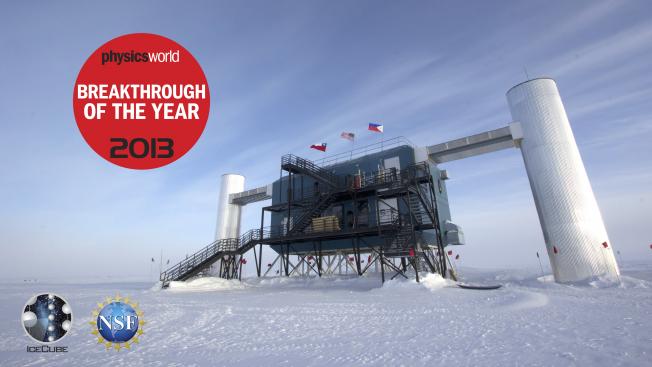Sensitivity of the Cherenkov Telescope Array to a dark matter signal from the Galactic centre
Journal of Cosmology and Astroparticle Physics IOP Publishing 01 (2021) 057
Abstract:
We provide an updated assessment of the power of the Cherenkov Telescope Array (CTA) to search for thermally produced dark matter at the TeV scale, via the associated gamma-ray signal from pair-annihilating dark matter particles in the region around the Galactic centre. We find that CTA will open a new window of discovery potential, significantly extending the range of robustly testable models given a standard cuspy profile of the dark matter density distribution. Importantly, even for a cored profile, the projected sensitivity of CTA will be sufficient to probe various well-motivated models of thermally produced dark matter at the TeV scale. This is due to CTA's unprecedented sensitivity, angular and energy resolutions, and the planned observational strategy. The survey of the inner Galaxy will cover a much larger region than corresponding previous observational campaigns with imaging atmospheric Cherenkov telescopes. CTA will map with unprecedented precision the large-scale diffuse emission in high-energy gamma rays, constituting a background for dark matter searches for which we adopt state-of-the-art models based on current data. Throughout our analysis, we use up-to-date event reconstruction Monte Carlo tools developed by the CTA consortium, and pay special attention to quantifying the level of instrumental systematic uncertainties, as well as background template systematic errors, required to probe thermally produced dark matter at these energies.Multimessenger Gamma-Ray and Neutrino Coincidence Alerts using HAWC and IceCube sub-threshold Data
The Astrophysical Journal: an international review of astronomy and astronomical physics American Astronomical Society 906 (2021) 63-63
Abstract:
The High Altitude Water Cherenkov (HAWC) and IceCube observatories, through the Astrophysical Multimessenger Observatory Network (AMON) framework, have developed a multimessenger joint search for extragalactic astrophysical sources. This analysis looks for sources that emit both cosmic neutrinos and gamma rays that are produced in photo-hadronic or hadronic interactions. The AMON system is running continuously, receiving sub-threshold data (i.e. data that is not suited on its own to do astrophysical searches) from HAWC and IceCube, and combining them in real-time. We present here the analysis algorithm, as well as results from archival data collected between June 2015 and August 2018, with a total live-time of 3.0 years. During this period we found two coincident events that have a false alarm rate (FAR) of $<1$ coincidence per year, consistent with the background expectations. The real-time implementation of the analysis in the AMON system began on November 20th, 2019, and issues alerts to the community through the Gamma-ray Coordinates Network with a FAR threshold of $<4$ coincidences per year.Sensitivity of the Cherenkov Telescope Array for probing cosmology and fundamental physics with gamma-ray propagation
Journal of Cosmology and Astroparticle Physics (2021)
Explaining cosmic ray antimatter with secondaries from old supernova remnants
(2020)
Blast from the past: Constraints on the dark sector from the BEBC WA66 beam dump experiment
(2020)



